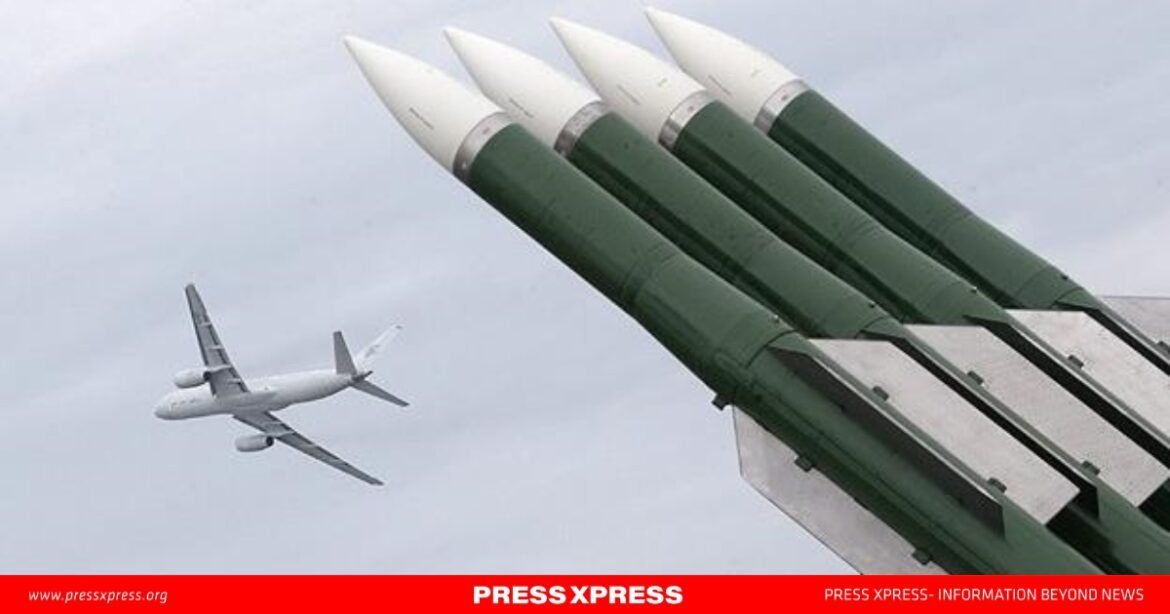The deployment of a U.S. mid-range missile system in the Philippines and Manila’s plan to acquire it have been defended as “completely legitimate, legal, and beyond reproach,” according to Philippine Secretary of National Defense Gilberto Teodoro Jr. The move comes amid escalating tensions in the South China Sea, where China and the Philippines are locked in a bitter dispute over maritime territory.
China has strongly opposed the Philippines’ intention to purchase the Typhon missile system from the United States. Chinese foreign ministry spokesperson Mao Ning called the plan “provocative and dangerous,” warning it poses risks to regional security and the interests of Southeast Asian nations. She described the decision as “extremely irresponsible” and accused Manila of fueling instability.
Philippines Defends Sovereignty
Teodoro dismissed China’s criticism, asserting that the Philippines is a sovereign state with the right to enhance its defense capabilities. In a statement on Tuesday, he emphasized that such decisions are purely the Philippines’ prerogative and “not subject to any foreign veto.”
“The Philippines is not any country’s ‘doorstep,’” Teodoro said. He clarified that strengthening defense systems is part of Manila’s national security strategy and is not targeted at any specific country.
He also took aim at Beijing’s actions in the South China Sea, accusing China of provocative behavior, illegal incursions into the Philippines’ exclusive economic zone (EEZ), and a buildup of its nuclear arsenal and ballistic missile capabilities.
“If the Chinese Communist Party is truly intent on reducing tensions and instability in the region, they should withdraw their illegal presence from the Philippines’ EEZ and adhere to International Law,” Teodoro said.
The Typhon Missile System
The Typhon missile system, developed by U.S. defense contractor Lockheed Martin, has a range of 480 kilometers (300 miles) and is capable of striking targets within the disputed Scarborough Shoal and areas around Taiwan. It was first deployed in the Philippines earlier this year during a joint U.S.-Philippine military exercise.
Philippine Army Chief Lt. Gen. Roy Galido confirmed on Monday that the army has endorsed the acquisition of the Typhon system, describing it as critical to protecting the nation’s territory and maritime assets, including navy and coastguard vessels.
“The Typhon system will contribute to the comprehensive archipelagic defense of the country,” Galido said during his year-end address to domestic and international journalists in Manila. “It will allow us to defend this land through this type of platform.”
Rising Tensions in the South China Sea
The Philippines’ move to bolster its defense capabilities comes against the backdrop of heightened tensions in the South China Sea, where both nations have accused each other of provocation. The disputed waters, rich in resources and strategic importance, are claimed almost entirely by China, but parts of it fall within the Philippines’ internationally recognized EEZ.
China has criticized the deployment of the Typhon system as a threat to regional stability. In June, Chinese Defense Minister Dong Jun said the U.S.-Philippines missile collaboration was “severely damaging regional security.”
Chinese foreign ministry spokesperson Mao Ning reiterated this stance on Monday, accusing the Philippines of enabling “a country outside the region” to incite geopolitical confrontations and trigger an arms race.
Strategic Implications
For Manila, the acquisition of advanced missile systems like Typhon represents a significant step toward modernizing its military and securing its maritime boundaries. However, the decision risks further straining relations with Beijing, which has intensified its activities in contested waters.
The U.S., a long-standing ally of the Philippines, has supported Manila’s efforts to assert its sovereignty in the South China Sea, conducting joint military exercises and reinforcing defense cooperation. As the Philippines moves forward with its missile acquisition, the delicate balance of power in the region faces new challenges.


